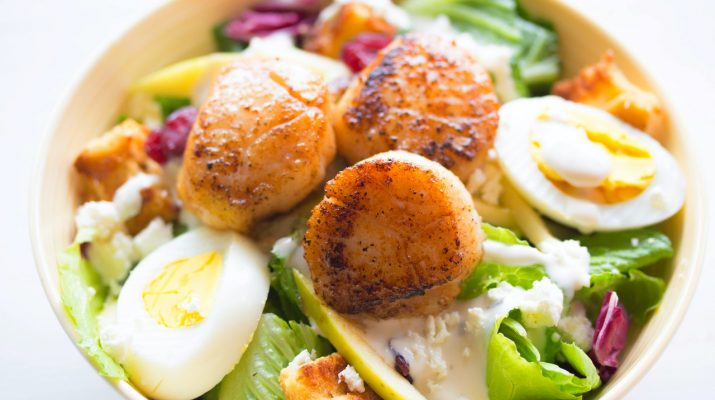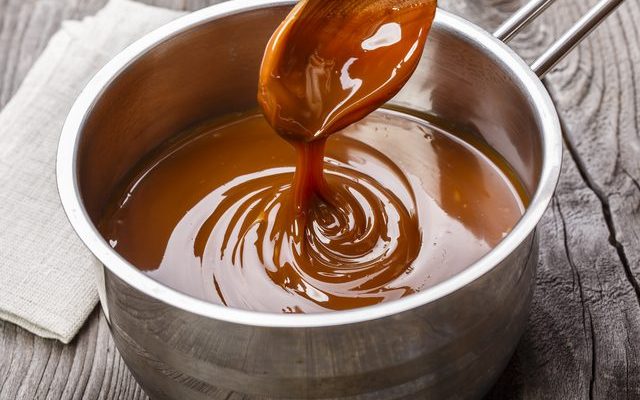Deciding what to eat and what you should not eat in a keto diet can be a very stressful task as you have no idea about what amount of saturated fats, carbs, other fatty acids, and proteins you should be adding to your diet to make it a perfectly balanced meal. There is no scale to measure the amount of food you are eating, but you can calculate the calorie online using the calorie calculators.
It becomes certainly difficult for people who are vegan, or people who are not able to consume non-vegetarian products. Adding non-vegetarian products can fulfill your daily requirement quite easily but if you are not comfortable eating such food items, then adding some alternatives like keto pills and supplements will work for you. But if you are comfortable eating those items then following a keto diet becomes so easy for you.
There is one advancement on this diet named keto pro diet which tends to be more effective than the normal keto diet. But, before following that diet read the full Keto pro review and then only start with this diet. People who are willing to follow a keto diet but don’t know how to eat things in the correct manner can read the meal plan suggestion given below.
Food Items You Can Consume Everyday
- meat: red meat, steak, ham, frankfurter, bacon, chicken, and turkey
- fatty fish: salmon, trout, tuna, and mackerel
- eggs: entire eggs with the yolk
- cheese: natural cheeses like cheddar, goat, cream, blue, or mozzarella
- nuts and seeds: almonds, walnuts, flaxseeds, pumpkin seeds, peanuts, chia seeds, and so forth
- solid oils: additional virgin olive oil, coconut oil, flaxseed oil, and avocado oil
- avocados: entire avocados
- low carb veggies: green veggies, tomatoes, onions, bell peppers, and so on
- toppings: salt, pepper, spices, and flavors with low calories
Food Items You Should Never Consume
- sweet nourishments: pop, organic product juice, smoothies, cake, frozen yogurt, candy, and so forth
- grains or starches: wheat-based items, rice, pasta, oat, and so forth
- vegetables: potatoes, yams, carrots, parsnips, peas, and so on
- bad fats: prepared vegetable oils, mayonnaise, and so on
- liquor: brew, wine, alcohol, blended beverages
- without sugar diet food sources: without sugar confections, syrups, puddings, sugars, pastries, and so on
One Week Keto Diet Plan
Monday
breakfast: veggie and egg biscuits with tomatoes
lunch: a chicken serving of mixed greens with olive oil, feta cheddar, olives, and a side plate of mixed greens
dinner: Salmon with asparagus baked in butter
Tuesday
breakfast: egg, tomato, basil, and spinach omelet
lunch: almond milk, peanut butter, spinach, cocoa powder, and stevia milkshake with a side of cut strawberries
dinner: cheddar shell tacos with salsa
Wednesday
breakfast: nut milk chia pudding finished off with coconut and blackberries
lunch: avocado shrimp serving of mixed greens
dinner: pork slashes with Parmesan cheddar, broccoli, and a plate of mixed greens
Thursday
breakfast: omelet with avocado, salsa, peppers, onion, and flavors
lunch: a modest bunch of nuts and celery sticks with guacamole and salsa
dinner: chicken loaded down with pesto and cream cheddar, and a side of barbecued zucchini
Friday
breakfast: sans sugar Greek, entire milk yogurt with peanut butter, cocoa powder, and berries
lunch: ground hamburger lettuce wrap tacos with cut ringer peppers
dinner: stacked cauliflower and blended veggies
Saturday
breakfast: cream cheddar hotcakes with blueberries and a side of barbecued mushrooms
lunch: Zucchini and beet “noodle” serving of mixed greens
dinner: white fish cooked in coconut oil with kale and toasted pine nuts


